| A B C D E F G H I J K L M N O P Q R S T U V W X Y Z |
Obliterating Cancel
A type of cancel which is meant to remove any possability of reuse.
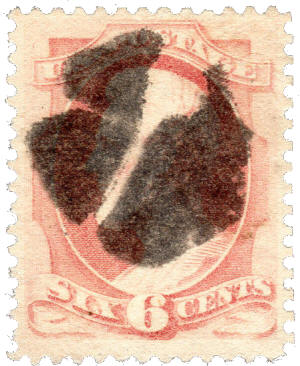
Obsolete Stamp
A stamp no longer available for sale through the post office, although still valid for postage. Stamps that are no longer valid as postage are termed "demonetized.
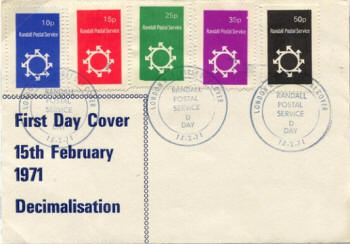
Occupation issue
An issue released for use in territory occupied by a foreign power.
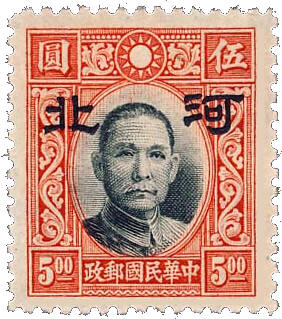
Oddities
The "O" in "EFO" (errors, freaks and oddities). It refers to stamps that have unusual variations, such as unlisted design errors, gum varieties, shade differences, early issue, postmark errors, etc.
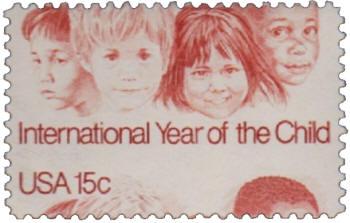
Off Center
A stamp whose design is not centered in relation to the four edges of the perforations, resulting in unequal margins.
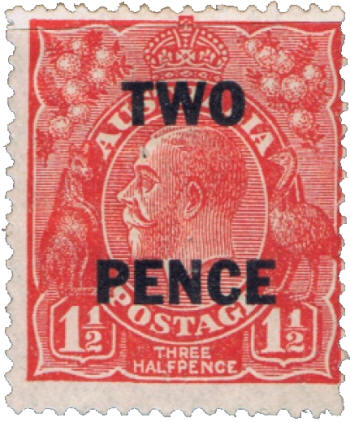
Offices Abroad
A post office maintained in a foreign county, usually to insure proper delivery of American correspondence in that country. Often the stamps issued by the offices abroad were overprinted and sometimes surcharged, for example the Shanghai overprints of the Offices in China. The stamps at right are representative of the Shanghai surcharged stamps. Note that the seven cent stamp was overprinted in red ink to make the overprint more visible.

Official Stamps (Officials)
A postage stamp valid only on official mail of a government agency. For the US, there were nine departments which issued "Official Stamps": the Department of Agriculture; the Executive Department; the Department of the Interior; the Department of Justice; the Department of the Navy; the Post Office Department; the State Department; the Treasury Department; and the Department of War.

Offset Printing (Offset Lithography)
A method of printing in which the inked image is first transferred (offset) from the printing plate to an intermediate rubber roller or blanket and then transferred from the roller to the paper. Offset printing is of prime importance to U.S. collectors since many important Washington Franklin stamps were printed using this method. (see also lithography for more on this printing method).
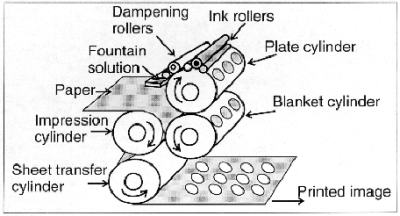
OHMS
Abbreviation for On His (or Her) Majesty's Service. Used in perfins, overprints or franks to indicate Official use in the British Commonwealth.
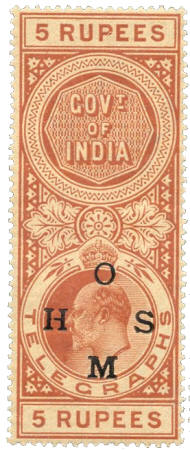
OG
(Original Gum) OG refers to the original gum, as issued by the post office. Many classic issues have had gum added in an attempt to add to the value of the stamp. Original gum implies that the stamp was not regummed.

Omnibus issue
An issue released by several postal entities to celebrate a common theme. Omnibus issues may or may not share a keytype design.
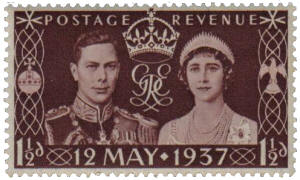
On Paper/On Piece
Stamps that have not been soaked off cover, but with only a portion of the cover remaining. Often a cover is trimmed for display purposes or to facilitate storage. In general, a cover should not be reduced unless it is known with absolute certainty the usage was common.
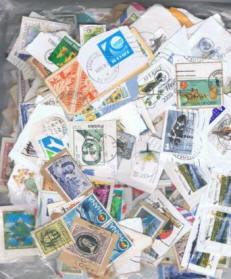
Opinions (I-VI)
A set of reference books with an insiders view of the methods involved in the expertization process, published by the Philatelic Foundation and edited by Elizabeth Pope. Highly recommended reading.

Orangeburg Coil
(US 389) the nickname given to the extremely rare three cent Washington perf 12 coil of 1911. A limited quantity of three cent coils was given exclusively to the Bell Pharmaceutical Company of Orangeburg, N.Y., hence the name.

Original Gum (OG)
The gum on a stamp as issued by the post office.

Overprint
Any printing on the face of a stamp that was not part of the original design. The purpose of the overprint varied. Some were used to commemorate historical events, some were used to precancel the stamps, and some were used to add a surcharge.
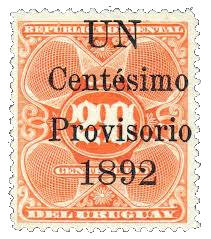
Overrun Countries
The US commemorative set with flags honoring the countries overrun during World War II, issued in 1943 and 1944.
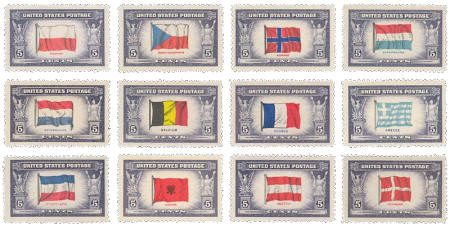
Oxidized
A term that is often used to refer to stamps, especially stamps with orange hues, that have darkened with age or from contact with air or sunlight. It is often assumed that oxygen is the culprit. In most cases it is actually the sulfur in the air, albeit in minute quantities, that combines with the metallic component, often lead, in the colored pigment. Nearly all metallic sulfides are black and this is what "darkens" the stamp. The sulphurization is reversible with the application of hydrogen peroxide, which replaces an oxygen atom with the offending sulfur atom, restoring the color. The stamps at right demonstrate just how dramatic this effect may be. Notice how the "oxidized" stamp, the brown one, retains some of the original orange color in the center of the stamp.
